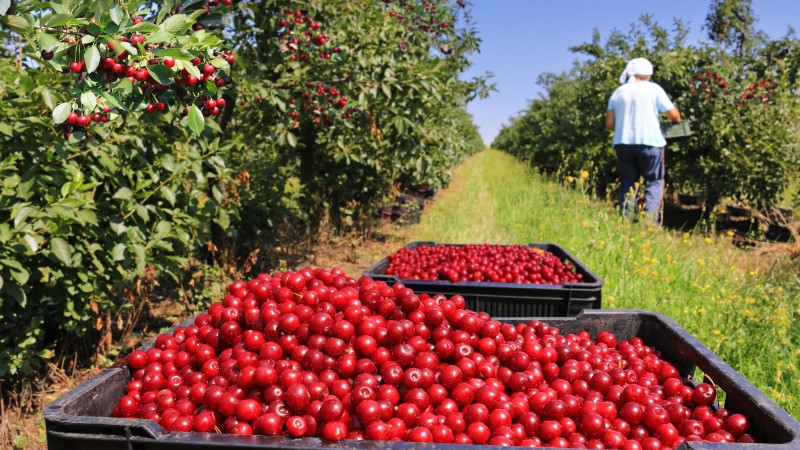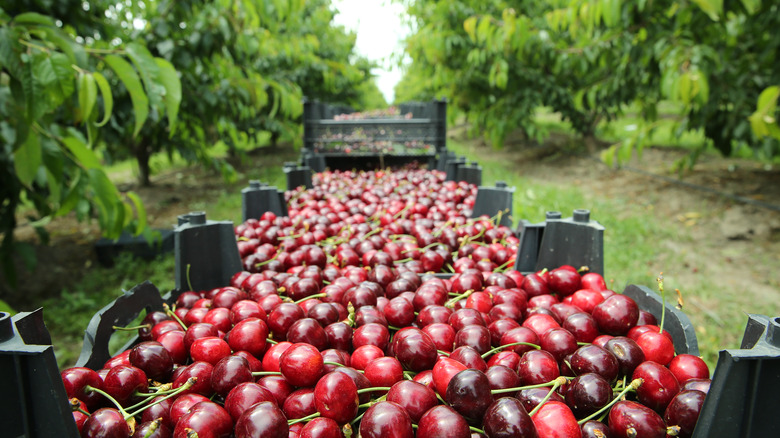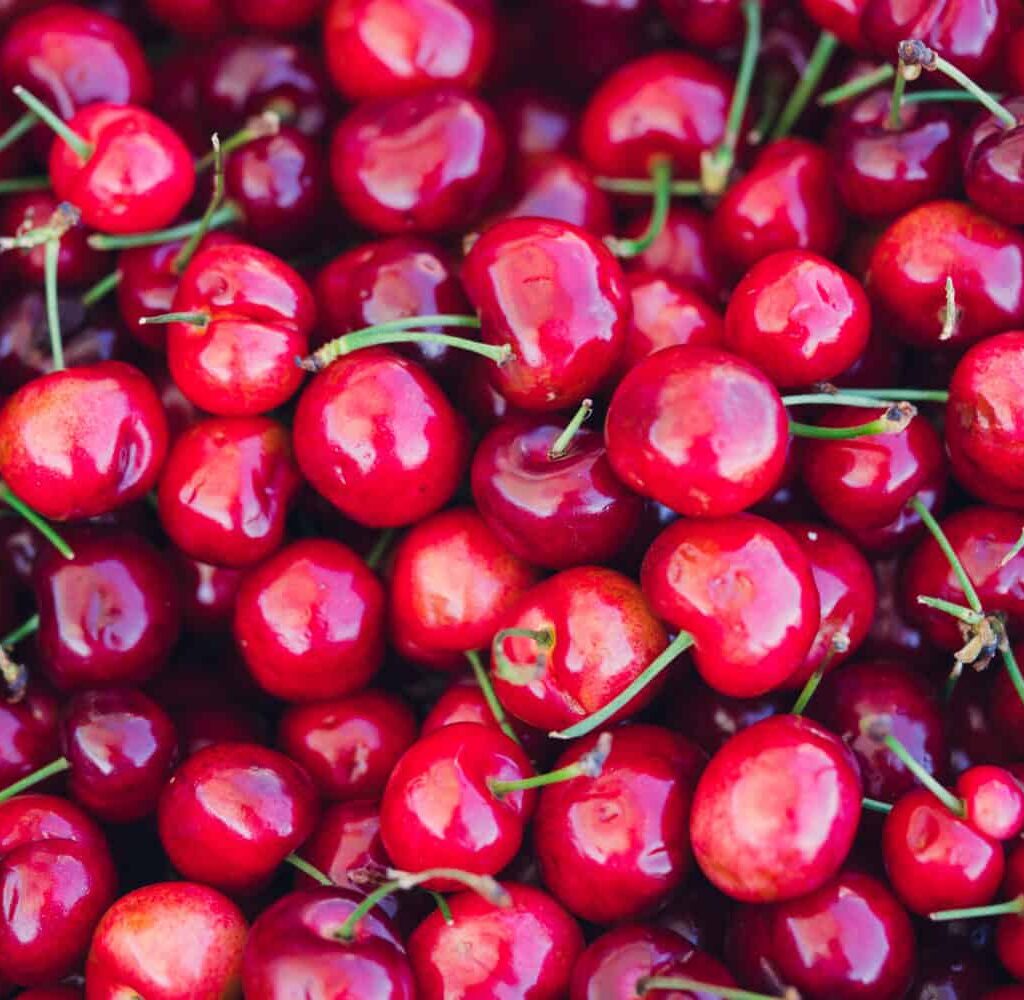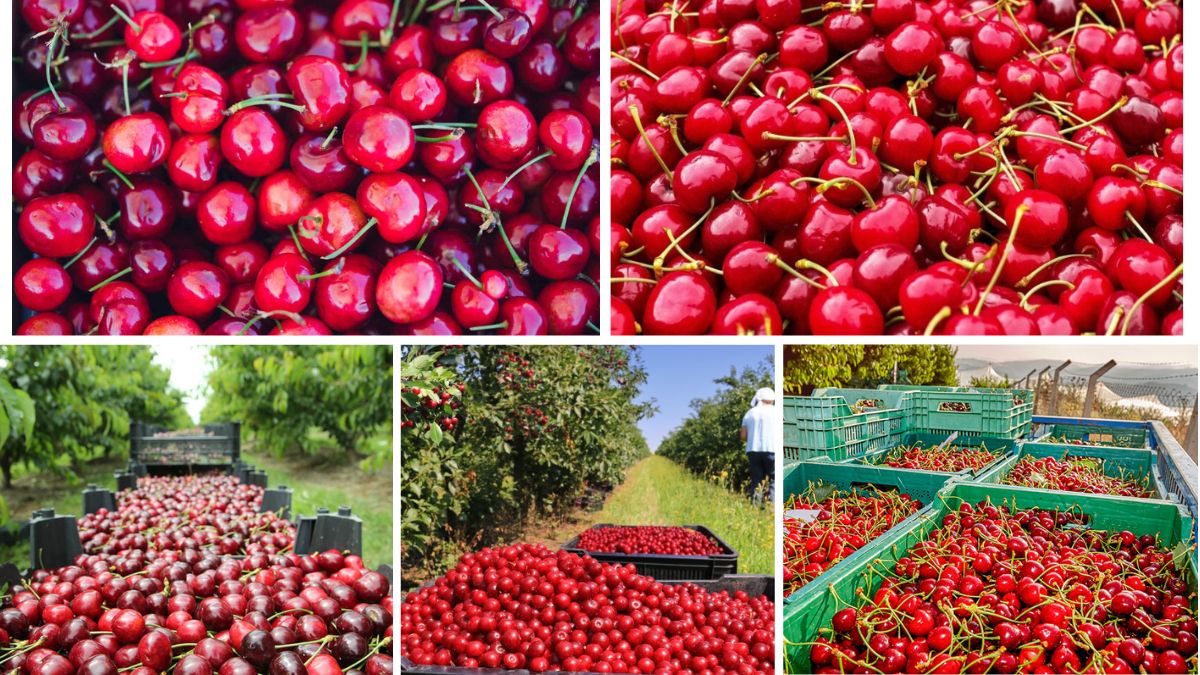Cherries are among the most beloved fruits worldwide, admired for their vibrant color, sweet-to-tart flavor, and rich nutritional value. Whether used in desserts, juices, preserves, or enjoyed fresh, cherries have a strong presence in both domestic markets and international trade. However, not all cherries are grown equally—and when it comes to large-scale production, some countries dominate the market.
This article explores which country is the largest cherry producer, the global production trends, market demand, economic impact, and future outlook for this fruit.
1. Understanding the Global Cherry Market

Cherries fall into two main categories:
- Sweet cherries (Prunus avium) – Usually consumed fresh, larger in size, and grown in temperate climates.
- Sour cherries (Prunus cerasus) – More tart in flavor, often used for pies, preserves, and juices.
Both types have different harvesting methods, market demands, and production regions. Globally, cherry production has been growing steadily due to rising consumer demand, health trends, and expanding export opportunities.
2. The Largest Cherry Producer in the World – Turkey

When it comes to sheer volume, Turkey holds the crown as the largest cherry producer in the world.
Turkey’s Cherry Production in Numbers
- Annual Output: Around 900,000–1 million metric tons (FAO, 2023)
- Global Share: Approximately 25% of total global cherry production
- Main Producing Regions: Konya, İzmir, Manisa, Afyonkarahisar, Isparta
- Harvest Season: May to July (sweet cherries), late July for sour cherries
Turkey’s climate is perfect for cherry cultivation, offering long sunny days, cool nights, and fertile soil conditions. This unique climate combination enhances flavor and size, making Turkish cherries highly desirable in export markets.
3. Why Turkey Leads in Cherry Production
Several factors contribute to Turkey’s dominance:
a) Ideal Climate and Geography
Turkey’s diverse geography allows cultivation in different altitudes and microclimates, extending the harvest season and increasing overall yield.
b) High-Quality Varieties
Varieties such as Ziraat 0900 (a sweet cherry prized for export) have boosted Turkey’s reputation as a premium supplier, especially in Europe and the Middle East.
c) Strong Export Infrastructure
Turkey has invested heavily in cold storage facilities, sorting technology, and logistics networks, ensuring cherries reach global markets quickly while retaining freshness.
d) Government Support
Subsidies, agricultural training programs, and export incentives have encouraged farmers to increase production and adopt modern farming methods.
4. Other Major Cherry-Producing Countries

While Turkey is the undisputed leader, several other countries have significant cherry industries:
| Rank | Country | Annual Production (Metric Tons) | Key Facts |
|---|---|---|---|
| 1 | Turkey | ~900,000 – 1,000,000 | Largest global producer; dominant in exports |
| 2 | USA | ~350,000 – 400,000 | Leading producer of sweet cherries; top varieties from Washington, California, and Oregon |
| 3 | Iran | ~300,000 – 350,000 | Strong domestic consumption and regional exports |
| 4 | Uzbekistan | ~250,000 – 300,000 | Expanding production rapidly with improved irrigation |
| 5 | Chile | ~200,000 – 250,000 | Major exporter to China; strong counter-season advantage |
5. The United States – A Close Competitor

The United States is another cherry powerhouse, producing primarily in the states of Washington, California, Oregon, and Michigan.
- Sweet Cherries: Washington leads the pack with large-scale commercial farms.
- Sour Cherries: Michigan is the hub, especially for tart cherry processing.
The U.S. is also a major cherry exporter, particularly to China, Canada, and South Korea. American cherries are renowned for their size, flavor, and strict quality standards.
6. Cherries as an Export Commodity

High Demand in International Markets
Cherries are considered a premium fruit, often associated with luxury and festive occasions—especially in East Asian markets.
- China: The world’s largest cherry importer, with imports peaking during the Lunar New Year season.
- European Union: Imports Turkish cherries extensively during summer months.
- Middle East: Strong demand due to increasing consumer spending and preference for fresh fruits.
Price and Profitability
Fresh cherries can fetch high prices in export markets, especially during off-season supply gaps. For example, Chile exports cherries during December–February, aligning with China’s festive season, leading to premium pricing.
7. Global Consumption Trends
Several factors are driving the surge in cherry consumption worldwide:
- Health Benefits: Rich in antioxidants, vitamin C, potassium, and anti-inflammatory compounds.
- Culinary Versatility: Used in desserts, juices, jams, cocktails, and even savory dishes.
- Luxury Positioning: In some countries, cherries are marketed as gift items.
- Seasonal Appeal: Their short harvest season adds to their exclusivity.
8. Challenges in Cherry Production
Despite the high value, cherry farming faces several challenges:
- Climate Risks: Late spring frosts, excessive rain, and heat waves can damage crops.
- Short Shelf Life: Cherries are highly perishable, requiring advanced cold chain logistics.
- Labor Shortages: Harvesting cherries is labor-intensive, and many countries face seasonal worker shortages.
- Market Fluctuations: Prices can vary widely depending on supply-demand dynamics.
9. Future Outlook for Cherry Production
The cherry market is projected to grow steadily in the next decade, fueled by:
- Expanding Middle-Class Markets: Particularly in Asia and the Middle East.
- Technological Innovations: Improved storage, transport, and harvesting techniques.
- New Varieties: Breeding programs developing cherries with longer shelf life and better disease resistance.
- Sustainable Farming Practices: Increasing focus on organic cherries and eco-friendly production methods.
10. Conclusion
When it comes to answering the question “Which country is the largest cherry producer?”, the answer is clear—Turkey leads the world in both volume and quality. With nearly a million metric tons produced annually, favorable climatic conditions, premium varieties, and strong export infrastructure, Turkey has maintained its dominance for years.
However, countries like the USA, Iran, Uzbekistan, and Chile continue to play crucial roles in meeting global demand, each with their own strengths—whether it’s superior varieties, seasonal advantages, or emerging market access.
As global consumption continues to rise, cherry production will likely see further investments in technology, sustainability, and market diversification. For now, Turkey remains the undisputed cherry capital of the world—a position that’s as sweet as the fruit itself.





